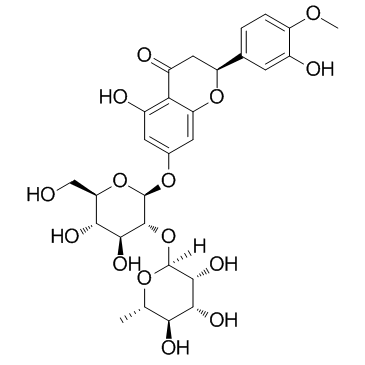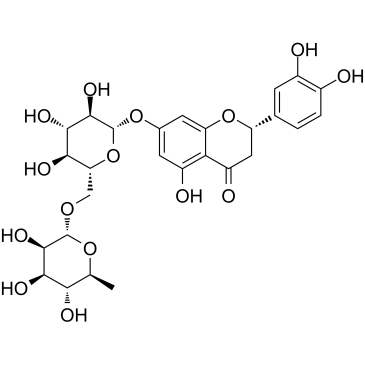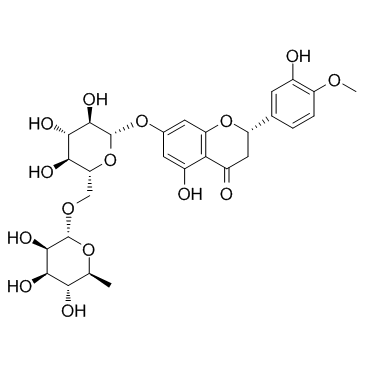| 结构式 | 名称/CAS号 | 全部文献 |
|---|---|---|
 |
柚皮苷
CAS:10236-47-2 |
|
 |
新橙皮苷
CAS:13241-33-3 |
|
 |
圣草次甙; 圣草次苷
CAS:13463-28-0 |
|
 |
橙皮苷
CAS:520-26-3 |